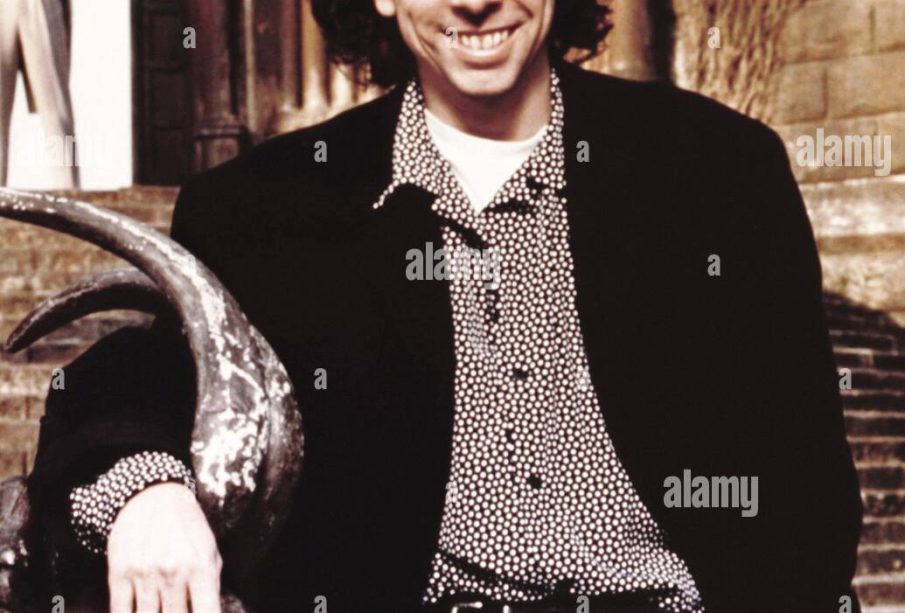The Unique Cinematic Style of Tim Burton

Introduction
Tim Burton is a renowned filmmaker known for his distinctive visual style and macabre themes. His ability to blend fantasy with dark elements has earned him a dedicated following worldwide. As audiences continue to gravitate towards his eccentric narratives, understanding his influence on the film industry is crucial, especially in an era where unique storytelling is highly prized.
Tim Burton’s Early Career
Born on August 25, 1958, in Burbank, California, Tim Burton showed an early interest in animation and storytelling. He began his career at Disney, where he initially worked as an animator. However, the constraints of traditional animation did not align with his visionary style, prompting him to move on to more creative endeavors. His directorial debut came with ‘Pee-wee’s Big Adventure’ in 1985, marking the start of a successful partnership with actor Johnny Depp and a series of unique films.
Signature Visual Style
Burton’s films are characterized by their gothic aesthetics, quirky characters, and whimsical narratives. Movies like ‘Edward Scissorhands,’ ‘The Nightmare Before Christmas,’ and ‘Beetlejuice’ showcase his talent for combining the unusual with the relatable. His collaboration with production designer Rick Heinrichs has resulted in uniquely crafted worlds that reflect a blend of imagination, such as the spooky yet endearing universe of ‘Corpse Bride’ and the stark contrasts found in ‘Sweeney Todd.’
Recent Works and Contributions
In recent years, Burton has continued to leave his mark on cinema with productions like ‘Dumbo’ (2019) and the Netflix series ‘Wednesday’ (2022), which delves into the life of the iconic character Wednesday Addams. These works signal a continued commitment to exploring unconventional narratives while adapting classic stories for new audiences. Burton’s ability to intersect digital technology with his traditional animation style demonstrates his evolution as a storyteller in an ever-changing industry.
Conclusion
Tim Burton’s influence on the film industry is immense, with a legacy of innovation that has reshaped the landscape of fantasy and gothic cinema. His unique style resonates with audiences seeking alternative narratives that challenge the conventional limits of storytelling. As he continues to create, the significance of his contributions ensures that the whimsical, dark worlds he creates will remain an integral part of contemporary cinema for generations to come.









